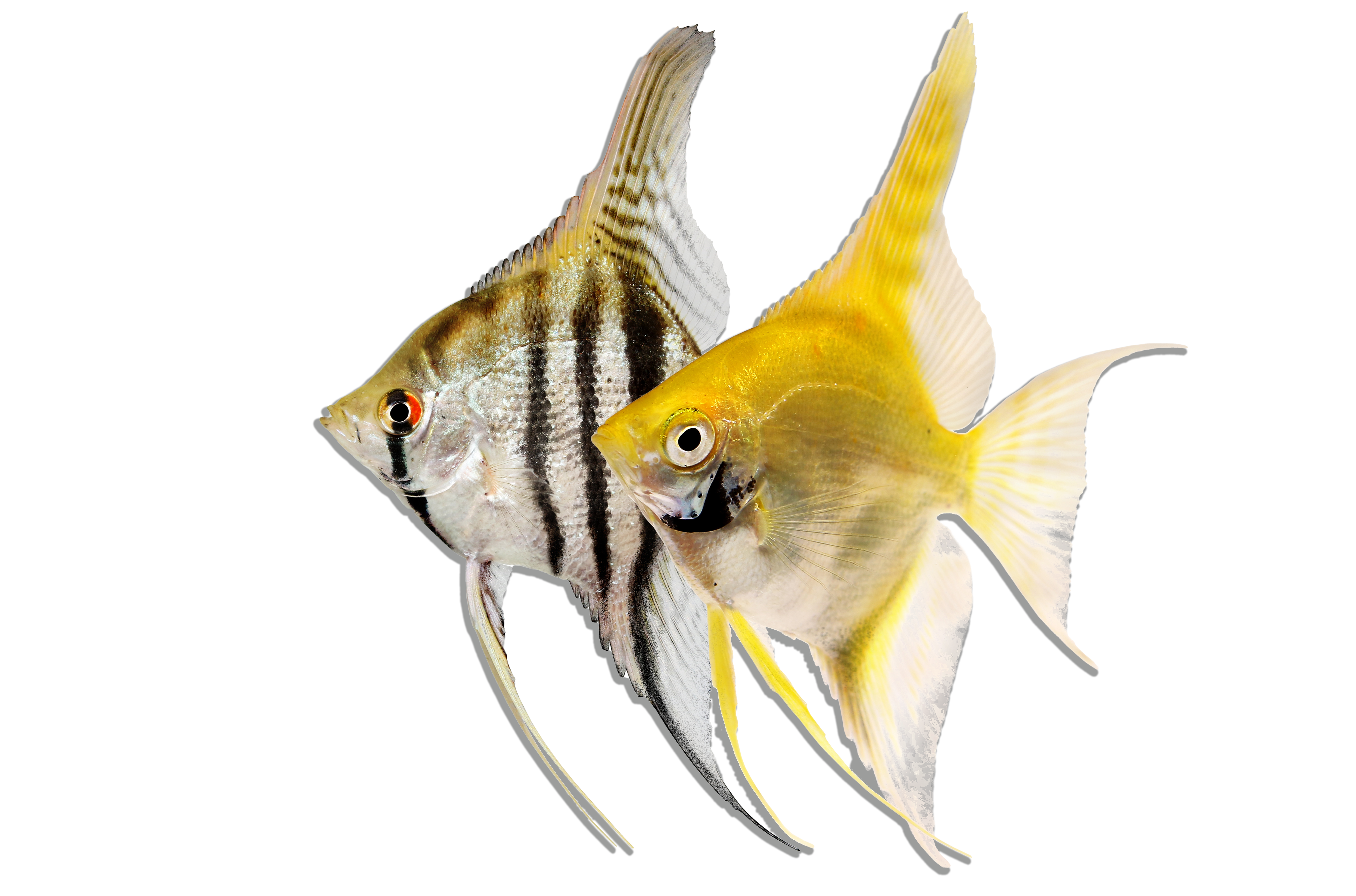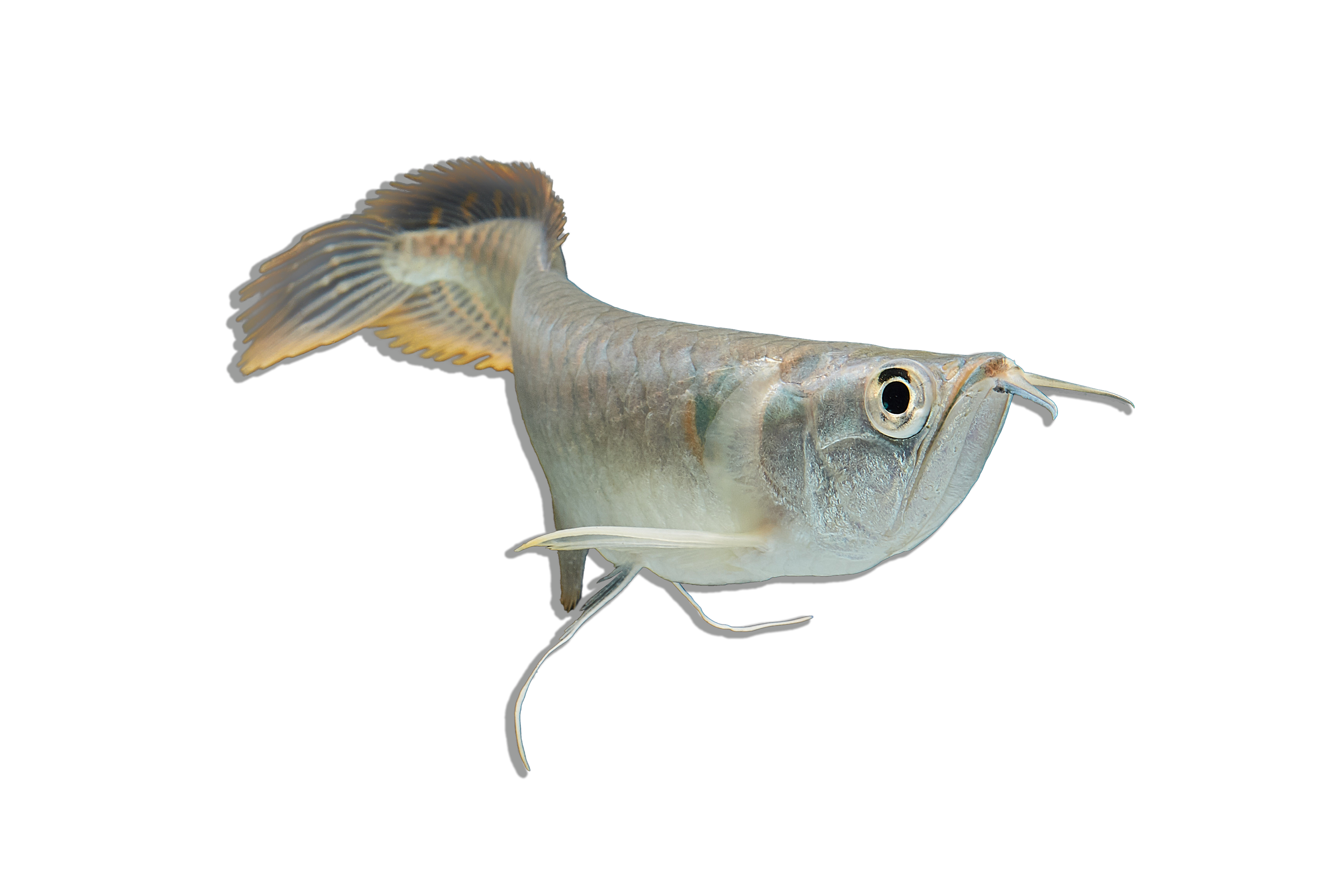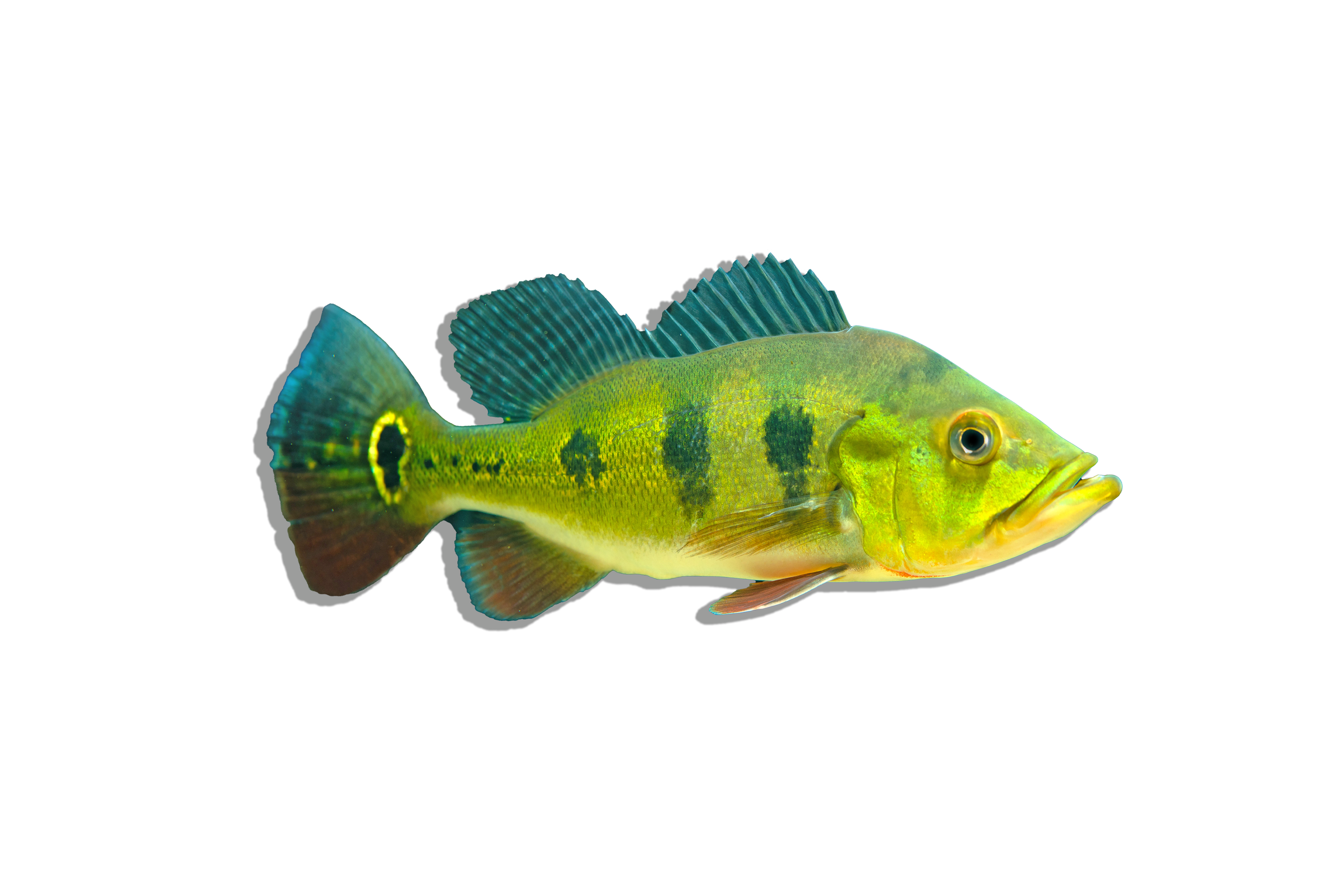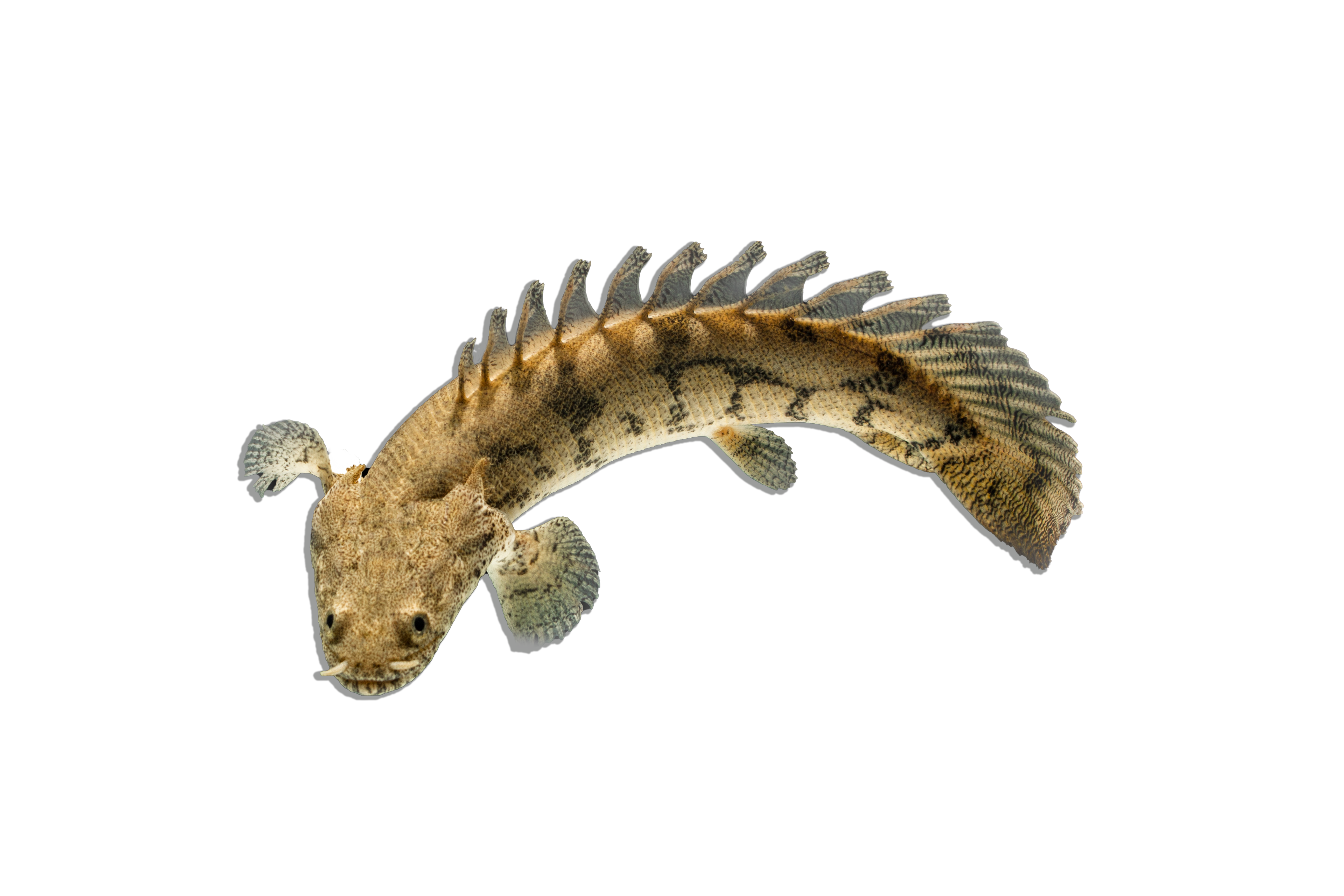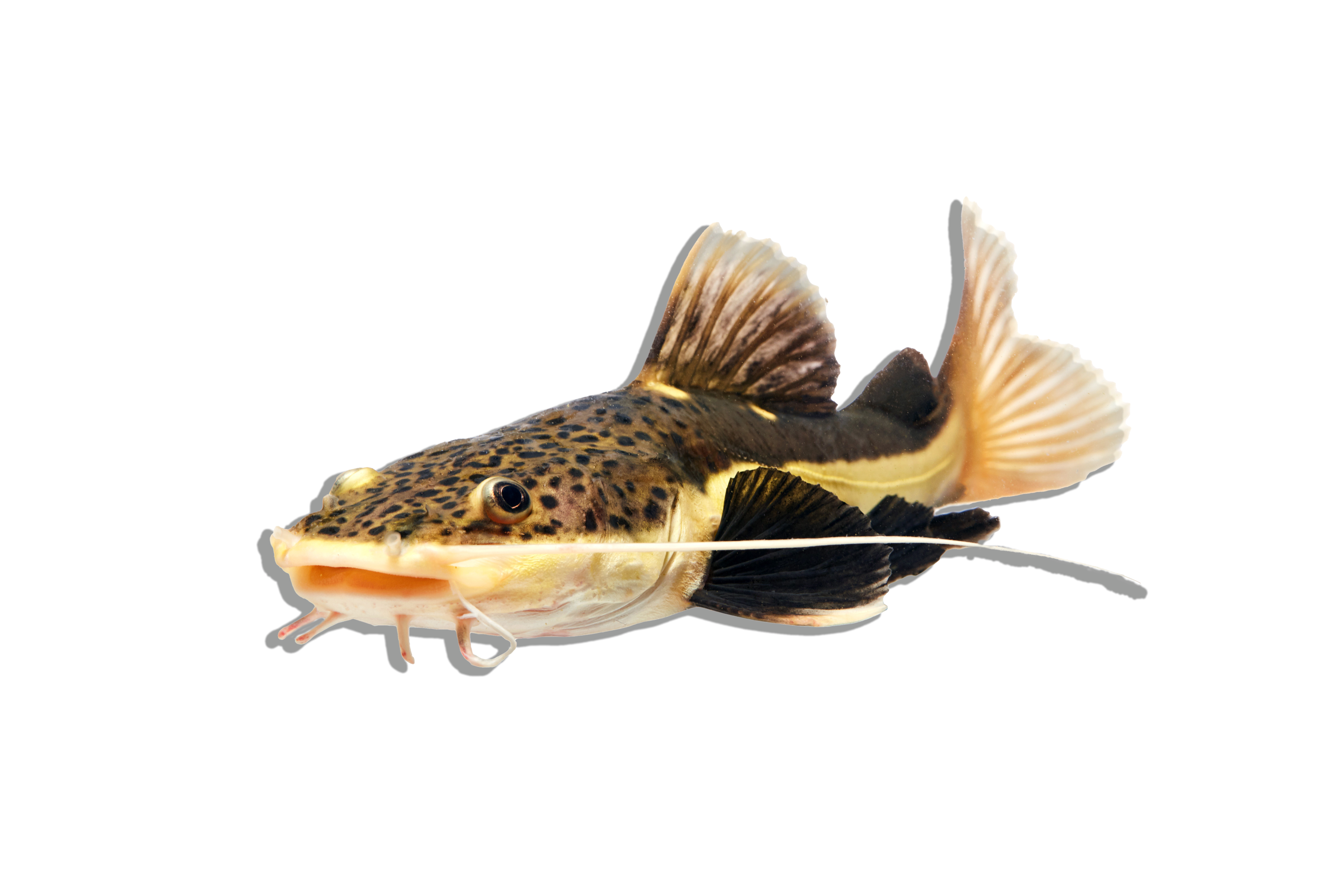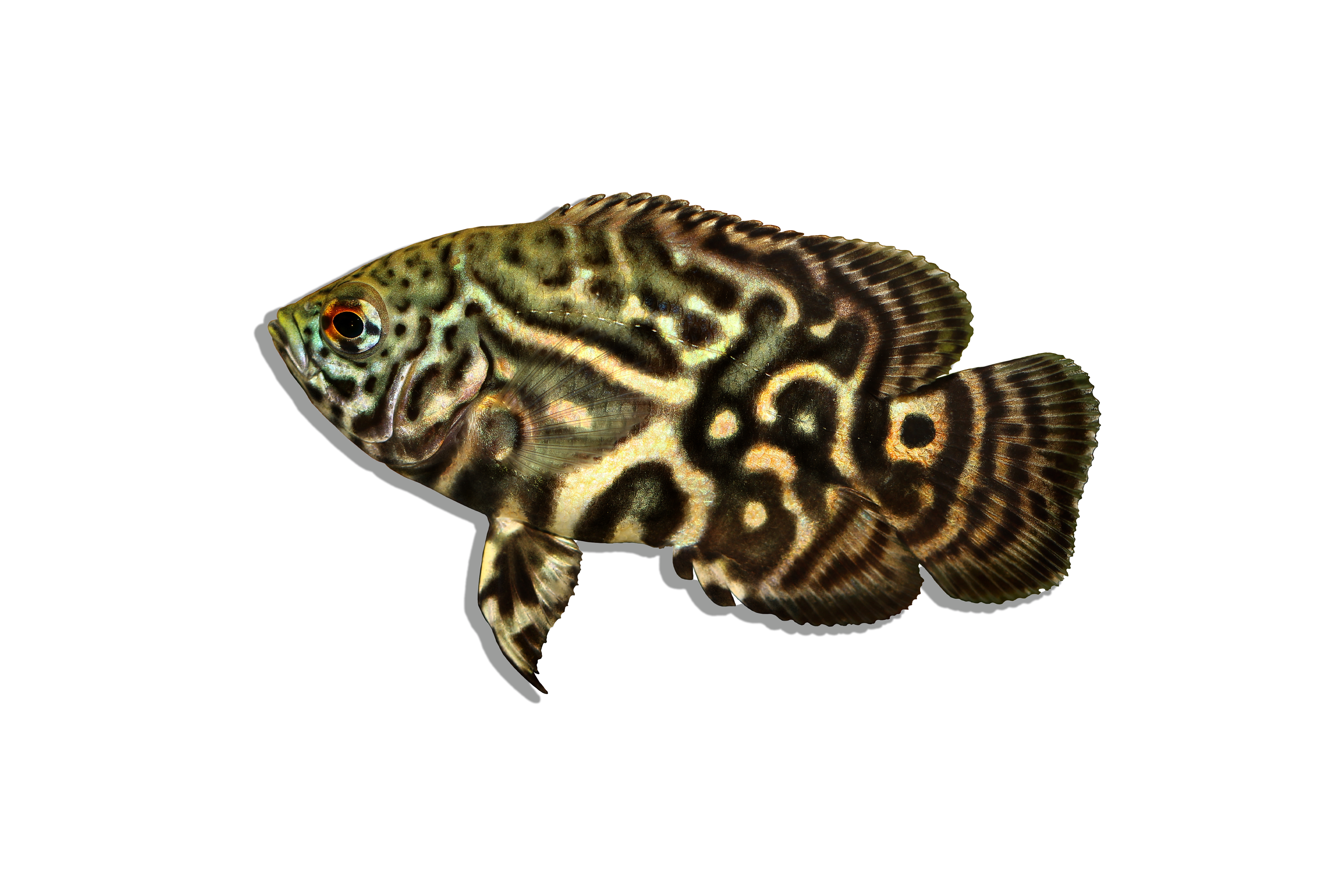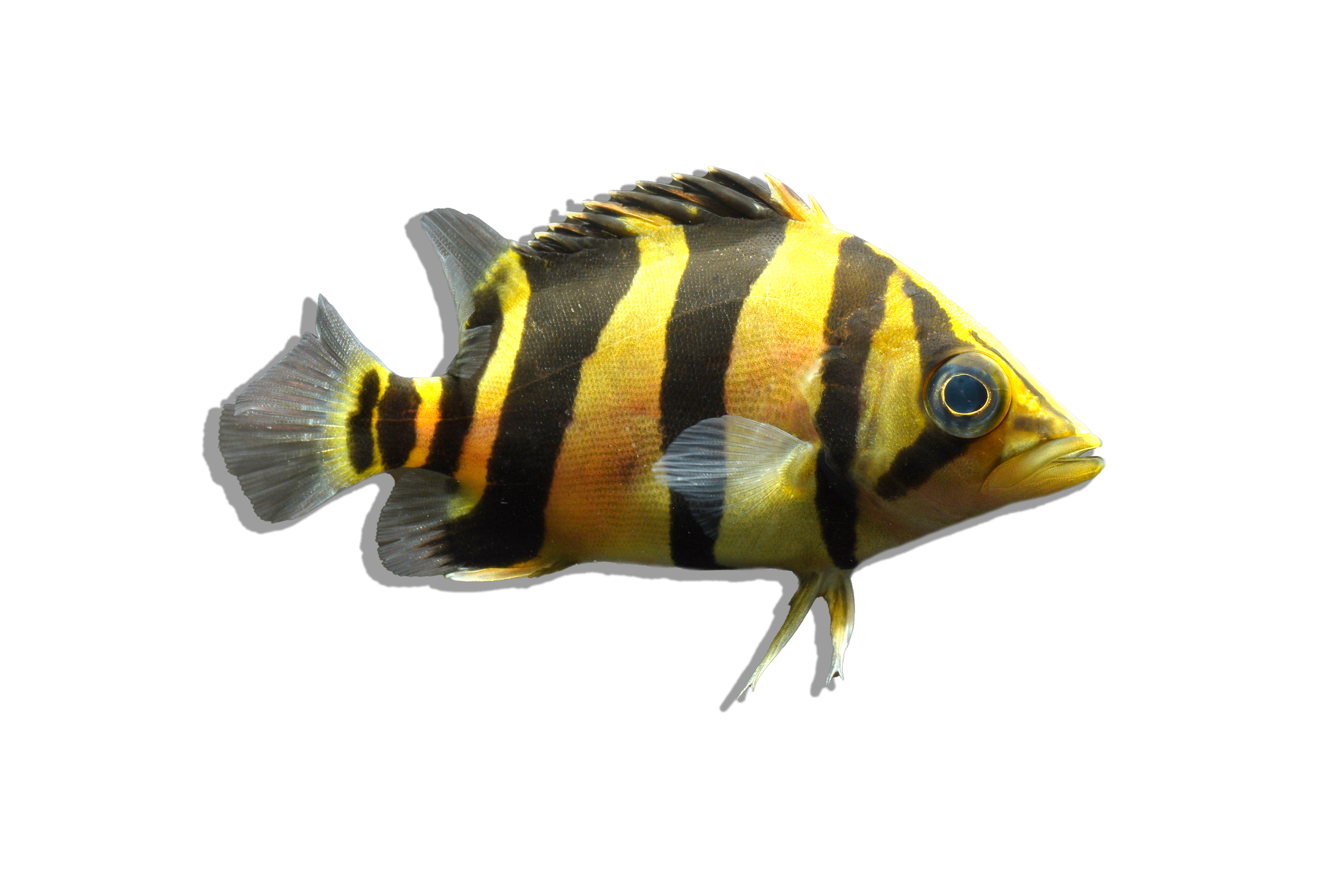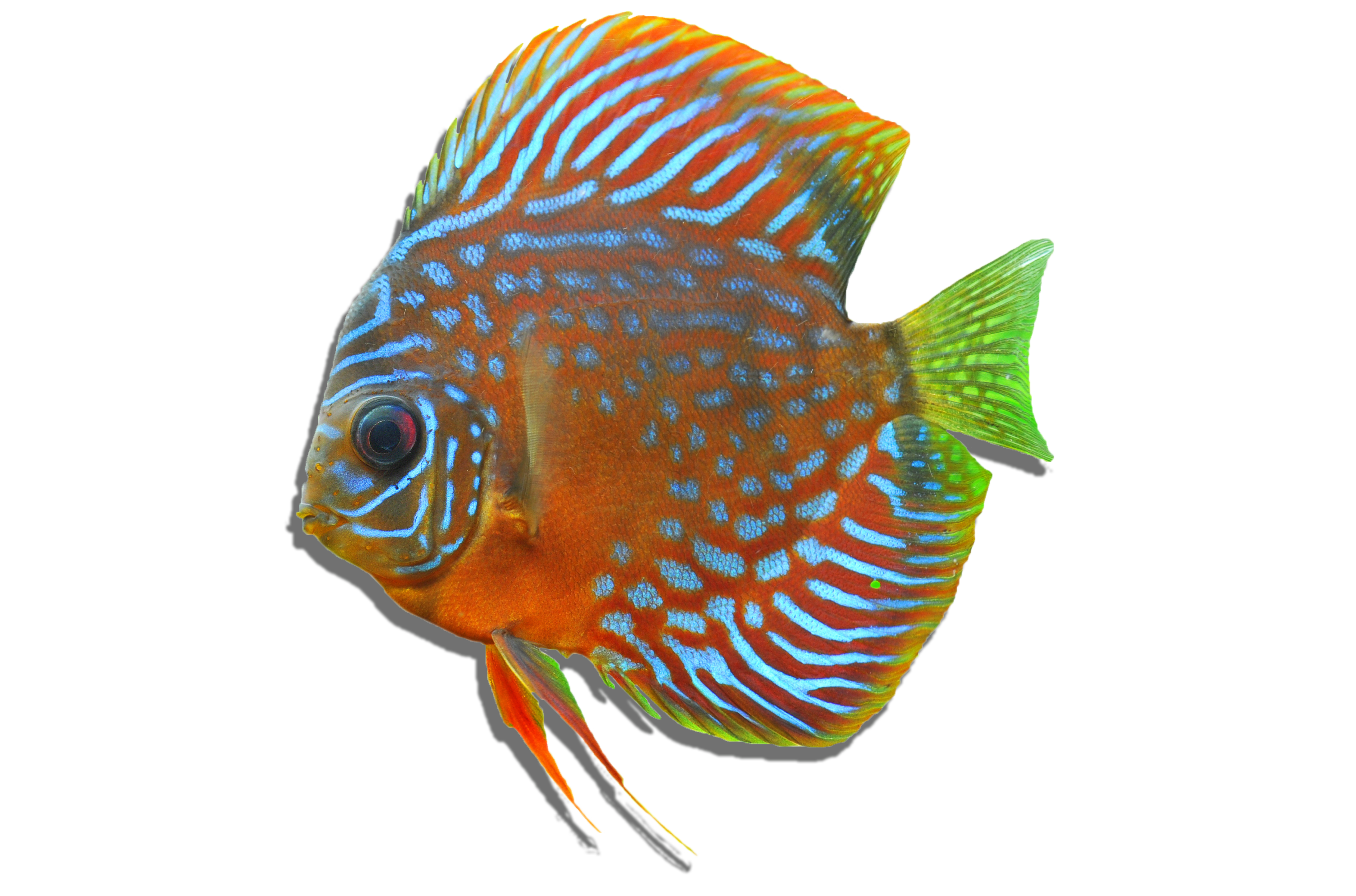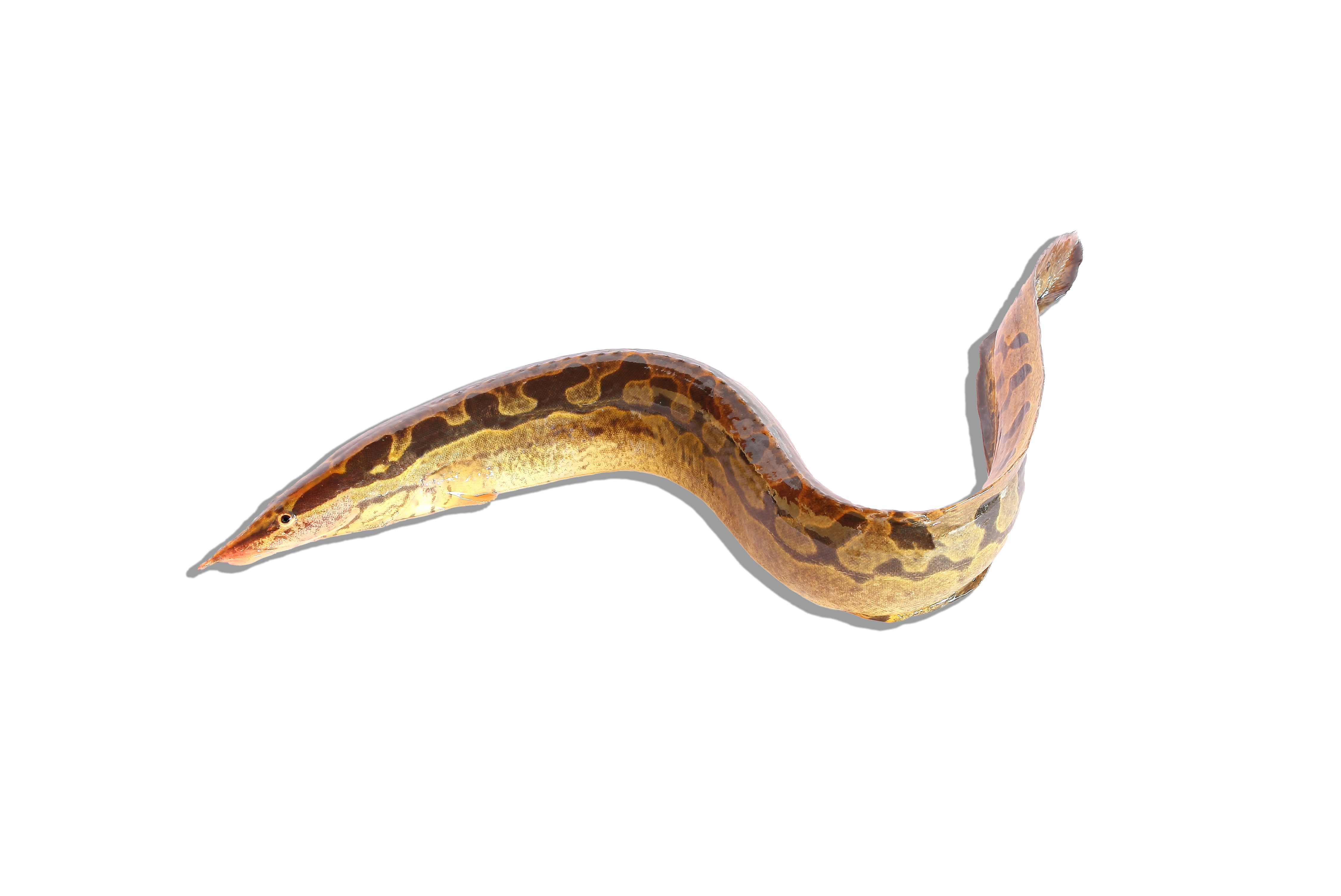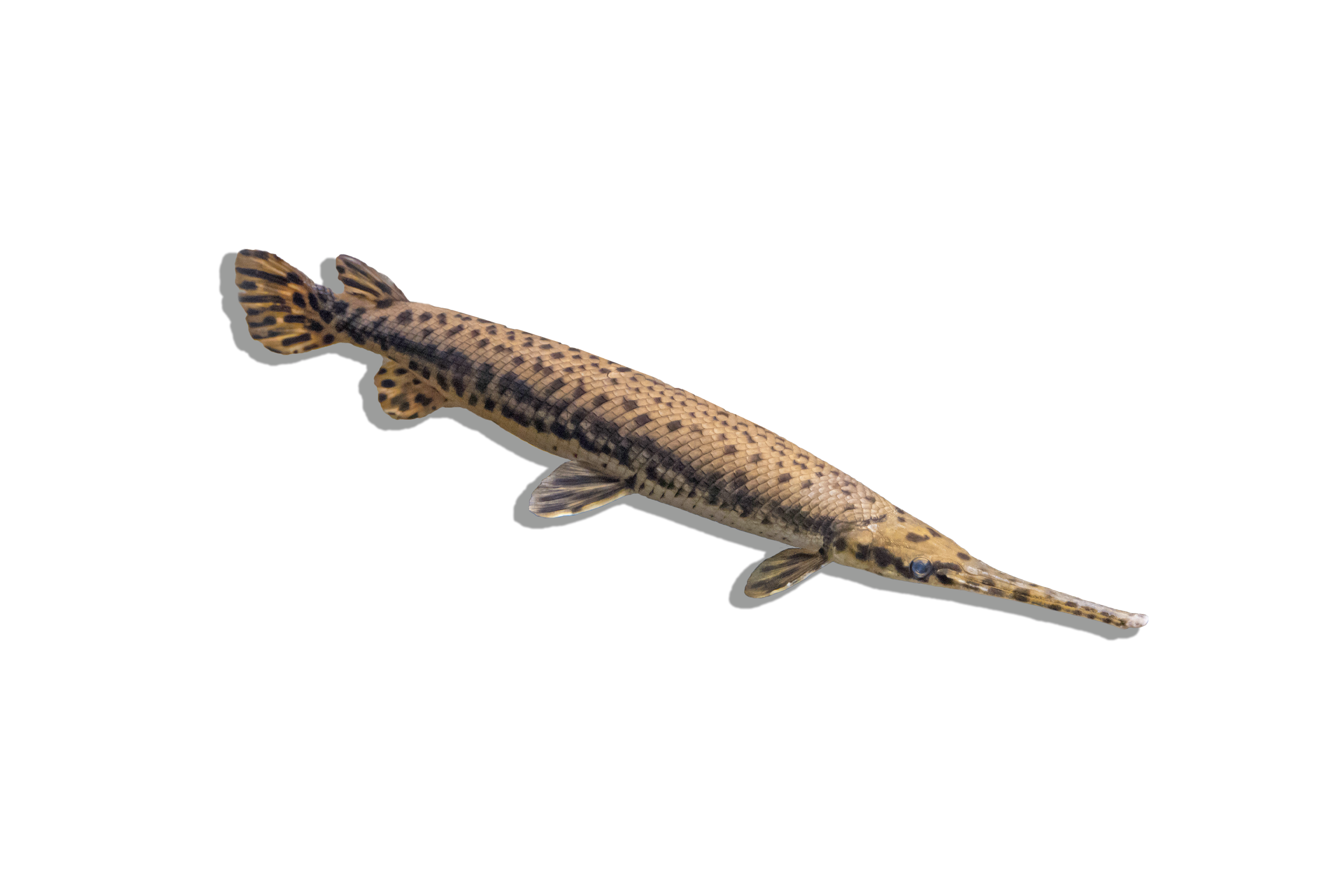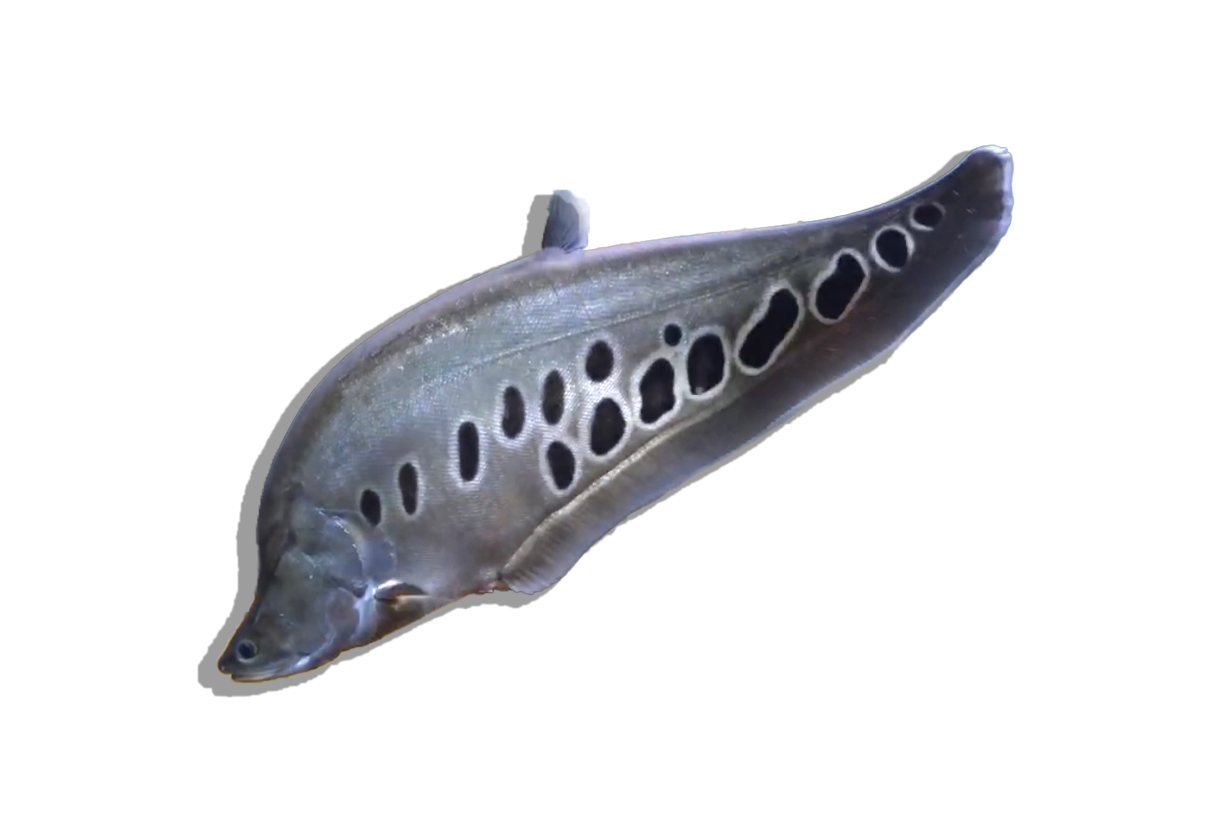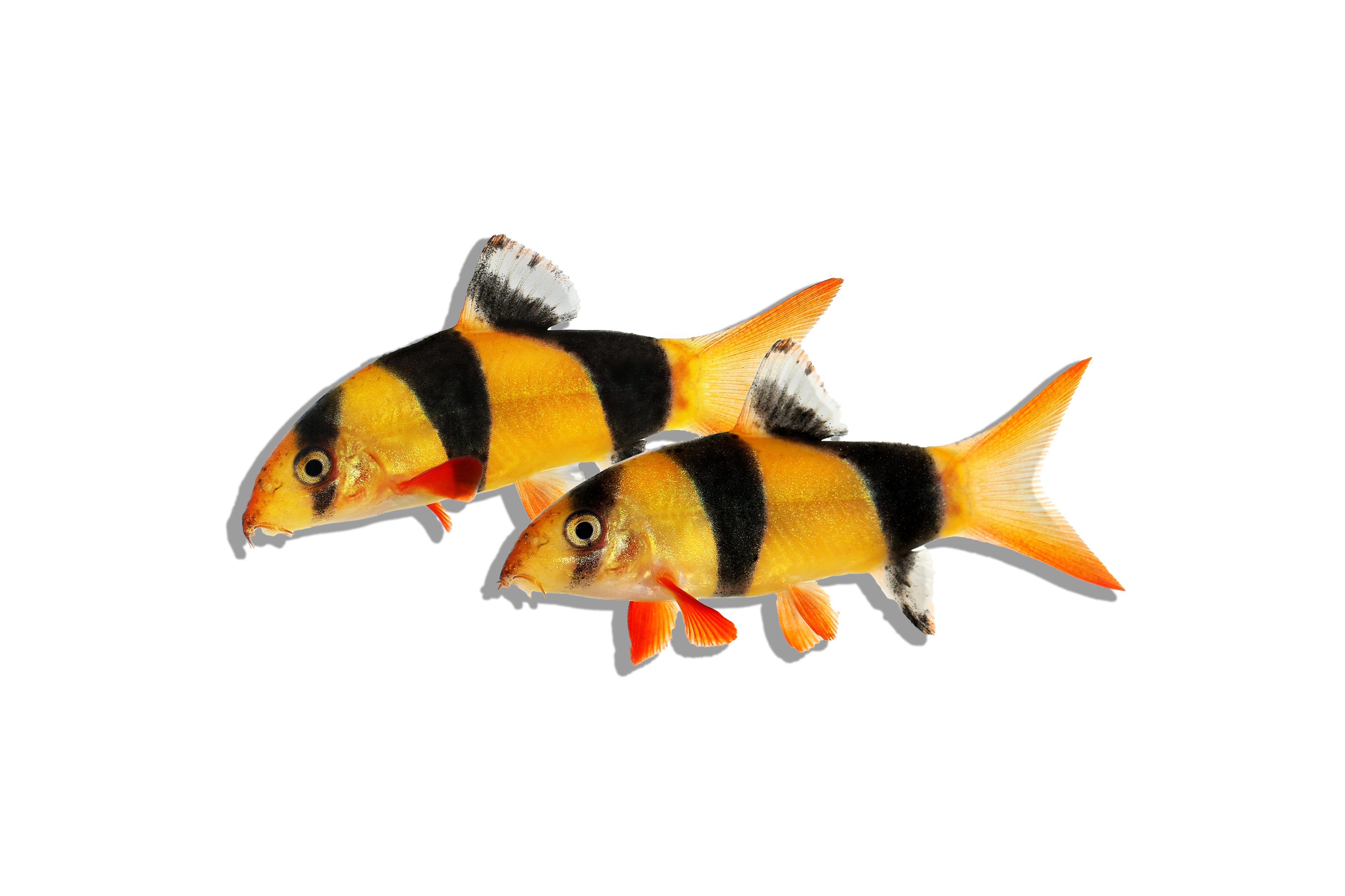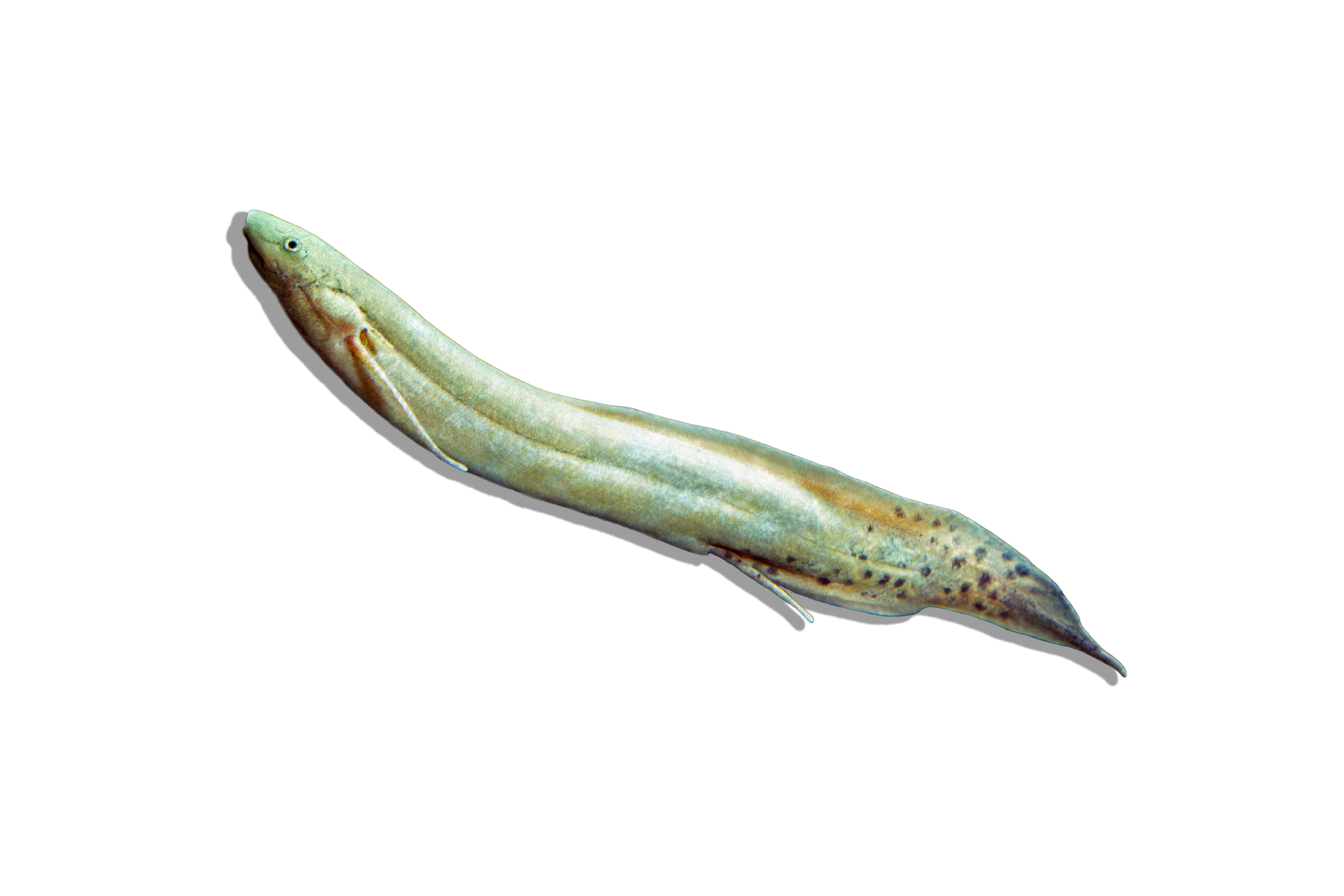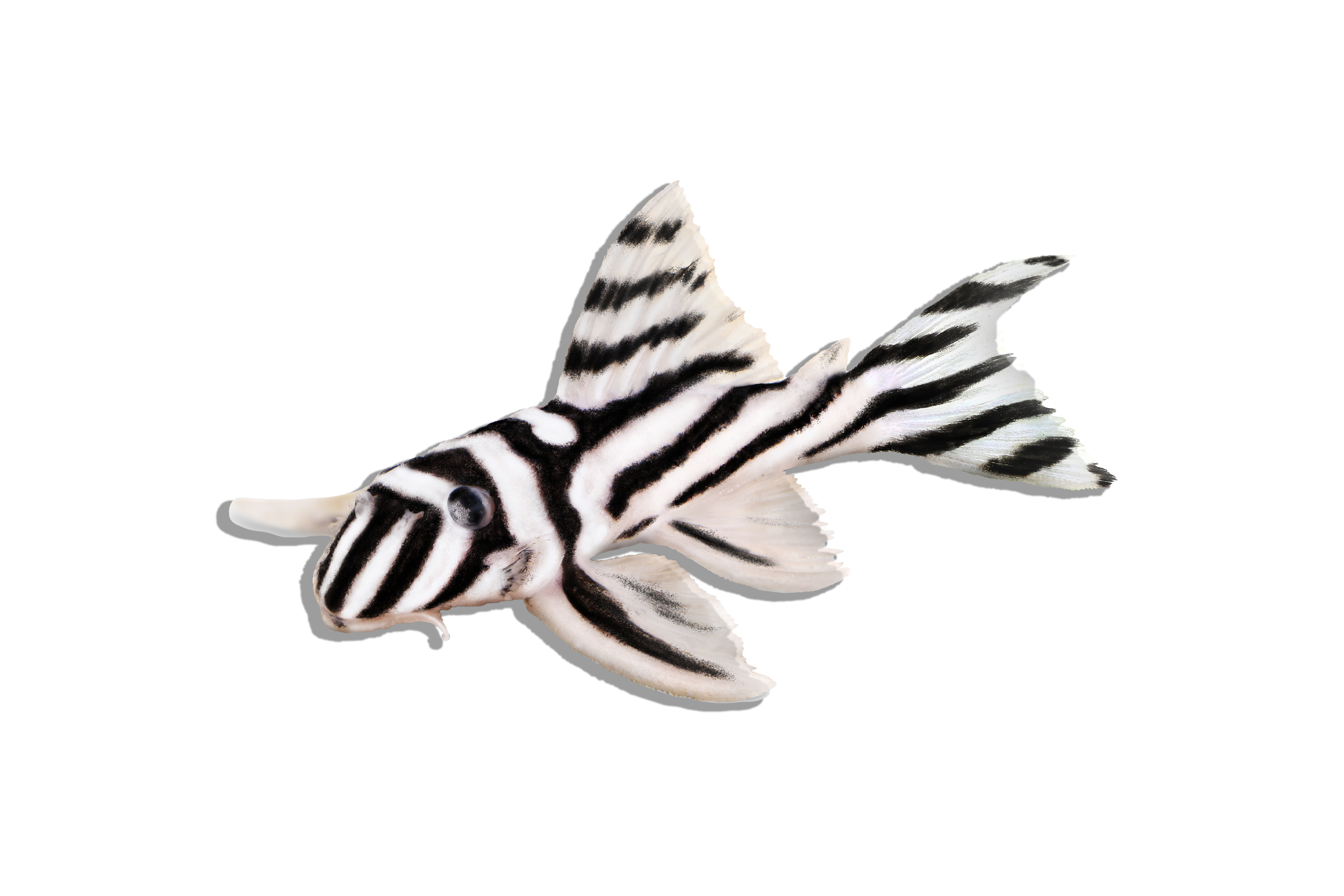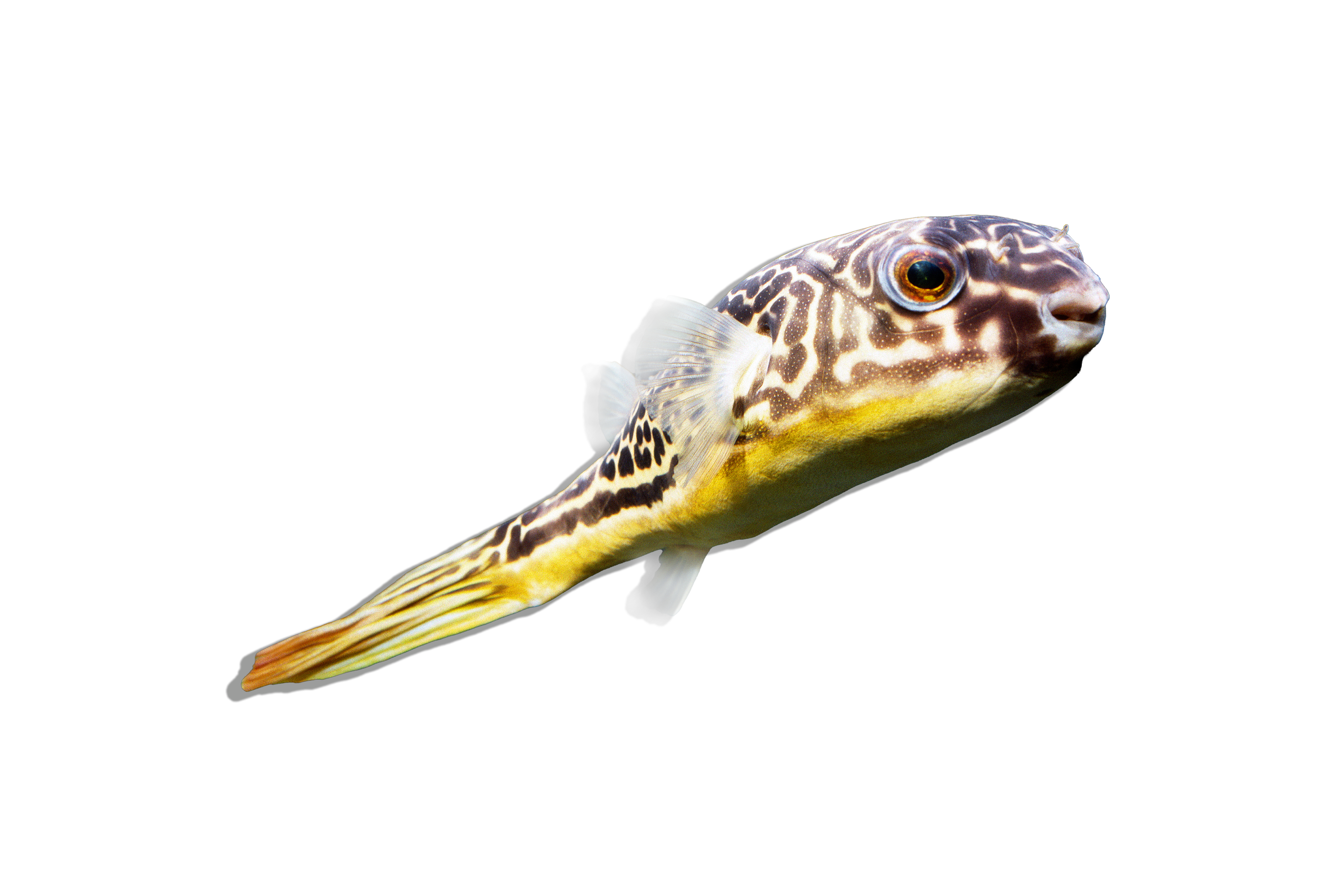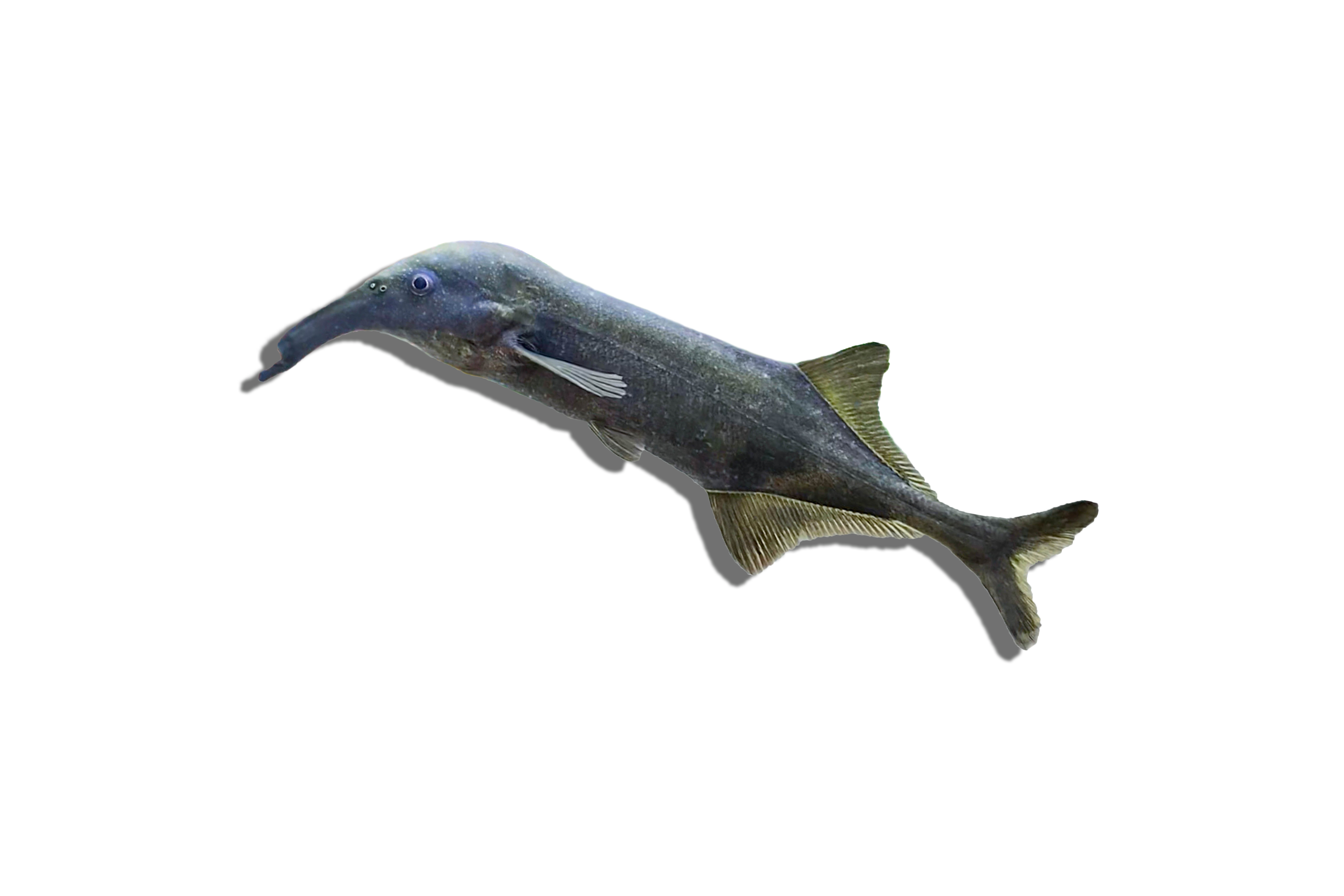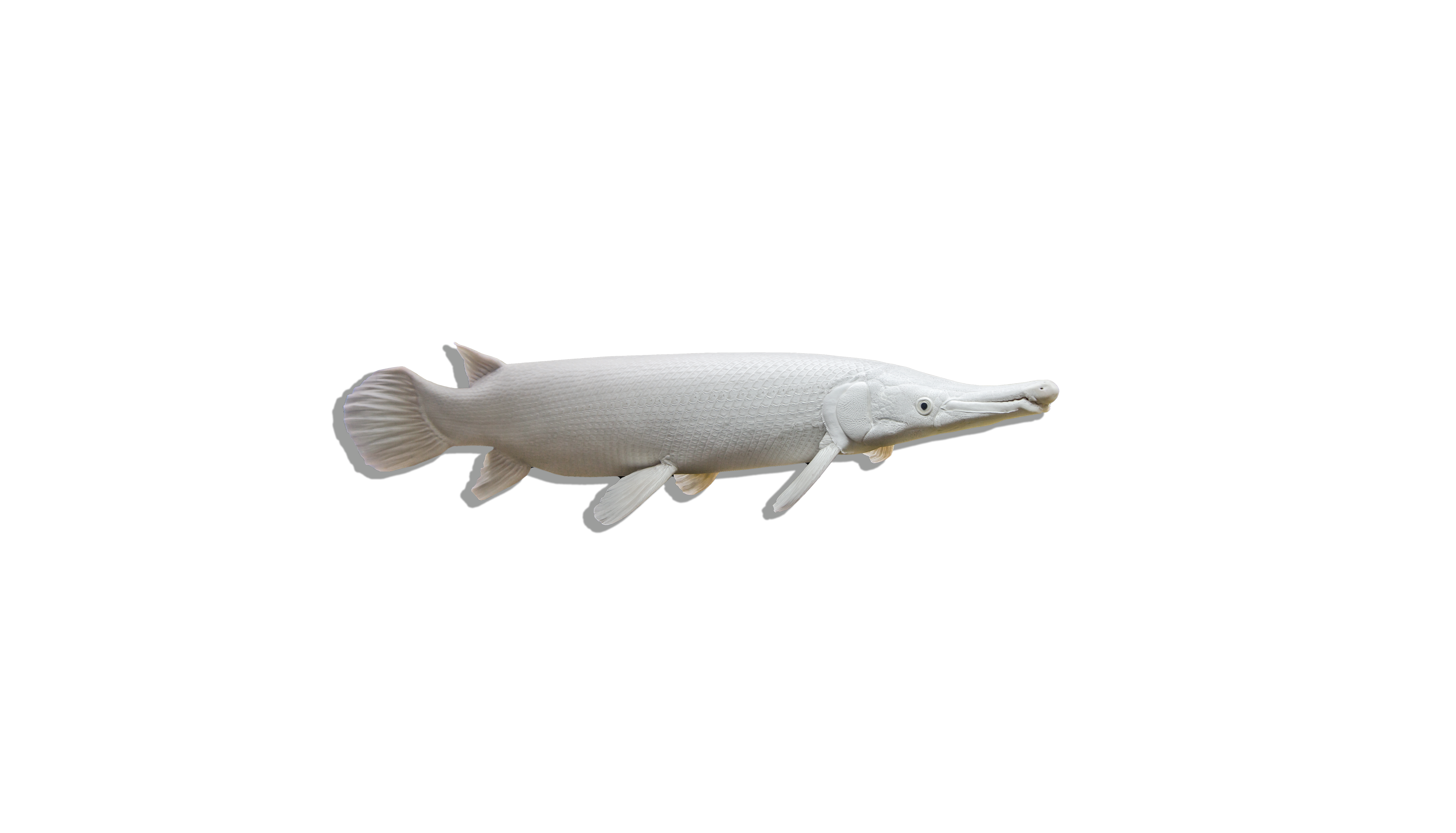Description
Common Name: Dull Eyed Royal Pleco
Scientific Name: Panaque cf. nigrolineatus
Other Names: L191, Royal Pleco, Broken Line Royal Pleco
The Dull Eyed Royal Pleco is a captivating freshwater fish known for its unique appearance and behaviors. It boasts a robust body with distinctive dark and light bands running vertically along its length. Its eyes are relatively smaller and less prominent compared to other plecos, giving it the "dull-eyed" moniker. The Dull Eyed Royal Pleco also features a powerful mouth adapted for scraping wood, a behavior that is both unique and essential for its diet. Its appealing coloration and intriguing feeding habits make it a popular choice for aquarium enthusiasts.
Habitat and Distribution: The Dull Eyed Royal Pleco is found in the rivers and tributaries of the Orinoco and Amazon Basins, primarily in Colombia and Venezuela. These fish inhabit fast-flowing waters with abundant driftwood and submerged branches, which they use both as shelter and a food source. The natural habitats are typically warm, with soft to moderately hard water and slightly acidic to neutral pH levels. The riverbeds in these regions often consist of sand and gravel, providing a suitable environment for the plecos to thrive.
Size and Lifespan: In the wild, the Dull Eyed Royal Pleco can grow up to 14 inches (35 cm) in length. In captivity, they usually reach around 10-12 inches (25-30 cm). Their lifespan can extend from 10 to 15 years, with proper care and optimal living conditions. Factors that can influence their lifespan include diet, water quality, and tank size.
Diet and Behavior: Dull Eyed Royal Plecos are primarily herbivorous, with a significant part of their diet consisting of wood. They have specialized teeth that allow them to scrape and digest cellulose from driftwood, which is essential for their digestion. In an aquarium, they should be provided with a constant supply of driftwood. Their diet can be supplemented with high-quality vegetable-based pellets, fresh vegetables like zucchini and cucumber, and occasional protein sources like algae wafers. These plecos are generally peaceful and can be somewhat shy, often hiding during the day and becoming more active at night.
Breeding and Reproduction: Breeding Dull Eyed Royal Plecos in captivity is challenging and rarely achieved. They require specific conditions that mimic their natural habitat, including large tanks with plenty of hiding spots and driftwood. They are cave spawners, and the female will lay eggs inside a cave or hollow log, which the male will then guard. Successful breeding often depends on creating an ideal environment and providing a nutritious diet to encourage spawning behavior.
Aquarium Care and Tank Requirements: To keep Dull Eyed Royal Plecos, a large aquarium of at least 100 gallons is recommended, especially if keeping multiple individuals or housing them with other large fish. The tank should be furnished with plenty of driftwood, rocks, and hiding places to provide a natural environment and reduce stress. A sandy or fine gravel substrate is ideal, along with strong filtration and regular water changes to maintain high water quality. Moderate water flow is also beneficial to simulate their natural river habitats.
Ideal Tank Mates: Dull Eyed Royal Plecos can be kept with other peaceful, similarly sized fish. Suitable tank mates include large tetras, peaceful cichlids, and other plecos. Avoid housing them with aggressive or very small fish, as this can lead to stress or competition for food and space.
Difficulty Level: Intermediate. While they are hardy and adaptable, their specific dietary needs and preference for pristine water conditions require attentive care.
Water Parameters:
- Temperature: 75-82°F (24-28°C)
- pH: 6.0-7.5
- General Hardness (GH): 4-10 dGH
- Carbonate Hardness (KH): 2-6 dKH
- Ammonia: 0 ppm (ideal), up to 0.25 ppm (max)
- Nitrite: 0 ppm (ideal), up to 0.25 ppm (max)
- Nitrate: <20 ppm (ideal), up to 40 ppm (max)
Additional Information:
- The Dull Eyed Royal Pleco's unique behavior of consuming wood makes it essential to provide a constant supply of driftwood in the aquarium.
- They play an important role in their natural ecosystem by helping to break down wood and recycle nutrients.
- These plecos are highly valued in the aquarium trade for their distinctive appearance and interesting behavior.
- Fun fact: The Royal Pleco’s digestive system has evolved to break down the cellulose in wood, which is a rare adaptation among fish.

